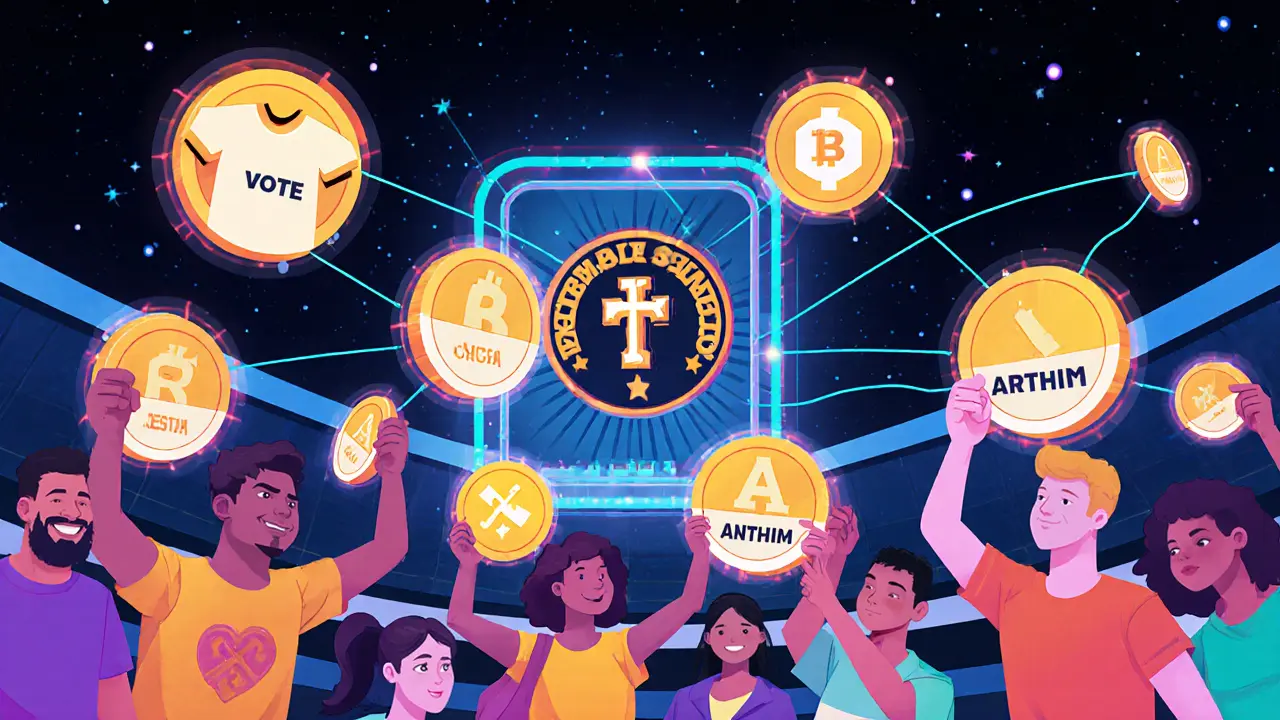Creator Economy: How Crypto is Changing How Artists, Developers, and Builders Get Paid
When we talk about the creator economy, a system where individuals earn income by creating content, products, or services directly for their audience, without relying on traditional employers or platforms. Also known as the attention economy, it’s no longer just about YouTube ads or Patreon subscriptions. Crypto is rewriting the rules—letting creators own their audience, monetize their work instantly, and cut out the middlemen who used to take 30-50% of their earnings.
Think about how this works in practice. A musician drops a song as an NFT, a unique digital asset stored on a blockchain that proves ownership and authenticity. Also known as non-fungible tokens, they let artists sell directly to fans, earn royalties every time the song is resold, and even give holders voting rights on future releases. Or take a developer who builds a tool for DeFi users—they get paid in crypto airdrop, a free distribution of tokens to users who complete simple tasks like holding a wallet or sharing feedback. Also known as token rewards, these aren’t just giveaways—they’re how new protocols grow their user base and align incentives from day one.
This shift isn’t theoretical. Projects like Story Protocol let writers and filmmakers register their work on-chain so they automatically get paid when their content is used by AI models. Platforms like Permission.io pay users in ASK tokens just for browsing the web—turning attention into income. Even meme coin communities are becoming decentralized cooperatives, where holders vote on marketing, partnerships, and treasury spending. The old model—where TikTok takes half your ad revenue or Apple charges 30% on in-app purchases—is crumbling. Crypto gives creators real ownership, not just a slice of a broken pie.
But it’s not all smooth sailing. Many airdrops are scams, like the fake CDONK X CoinMarketCap campaign. Some tokens, like Global Token (GBL), exist only on exchange listings with zero actual users. And while tools like JSOL let you earn rewards on your Solana holdings, they’re still complex for newcomers. The real winners aren’t the ones chasing hype—they’re the ones who understand the difference between a real utility token and a ghost asset.
Below, you’ll find real breakdowns of how creators are using crypto to get paid—from airdrops that actually reward participation, to exchanges built for artists and developers, to tokens that give you a stake in the platforms you use. No fluff. No promises of quick riches. Just what’s working, what’s fake, and how to protect yourself while building something that lasts.
How Fan Engagement with Social Tokens Is Changing Creator and Sports Communities
Social tokens are transforming how fans connect with creators and sports teams by offering voting rights, exclusive content, and real ownership. This blockchain-powered shift turns passive followers into active community members.
learn more